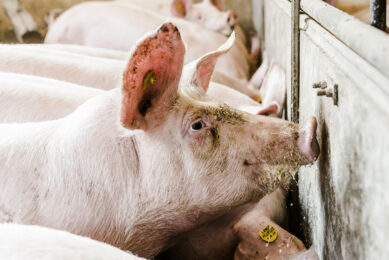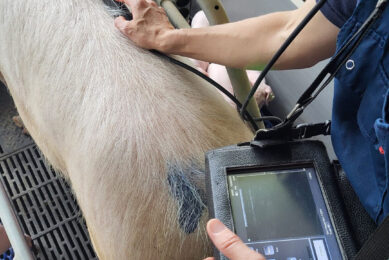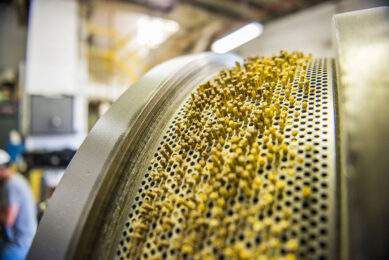Company update: Cargill
Cargill has reported net earnings of $327 million in the fiscal 2009 fourth quarter ended May 31, down 69% from $1.05 billion in the same period a year ago.
For the full fiscal year, Cargill earned $3.33 billion, a 16% decrease from a record $3.95 billion in the prior year.
Revenues for the full year decreased 3% to $116.6 billion. Cash flow from operations declined 6% to $6.7 billion.
“The year was a tale of two halves,” said Greg Page, Cargill chairman and chief executive officer. “Cargill posted record results through November. In the second half, earnings slowed considerably as the world economy contracted for the first time in six decades. In the end, the net effect was the second-best year in our company’s history.”
Page credited Cargill’s profitability to four factors. “The company went into the downturn with a strong balance sheet. We acted early to reduce costs and decrease the use of debt and operating working capital. Our trading teams anticipated price volatility correctly in both the run-up and the run down in commodity values. We kept the focus on being a reliable supplier to our customers – helping them meet the challenges of these difficult economic times.”
Page said Cargill’s business diversity also was a source of strength. “Operating in many industries and in many countries allowed us to cushion some of the downturn by serving areas of growth, particularly in developing economies that experienced smaller declines in their gross domestic products.”
Fourth-quarter earnings in agriculture services and in food ingredients and applications were up from the prior year, reflecting steps taken by this diverse group of business units to reduce costs, adjust product mix and collaborate with customers on value-adding solutions.
Cargill continued to reinvest globally in fiscal 2009. It opened or expanded major processing facilities in Brazil, Canada, China, France, Ghana and the United States that strengthen its global supply chains in canola, cocoa, palm, soy and biofuels. It also increased the base-level spending that keeps the company’s plants in top physical condition to deliver safe food, efficient energy and water use, and a lighter environmental footprint.











